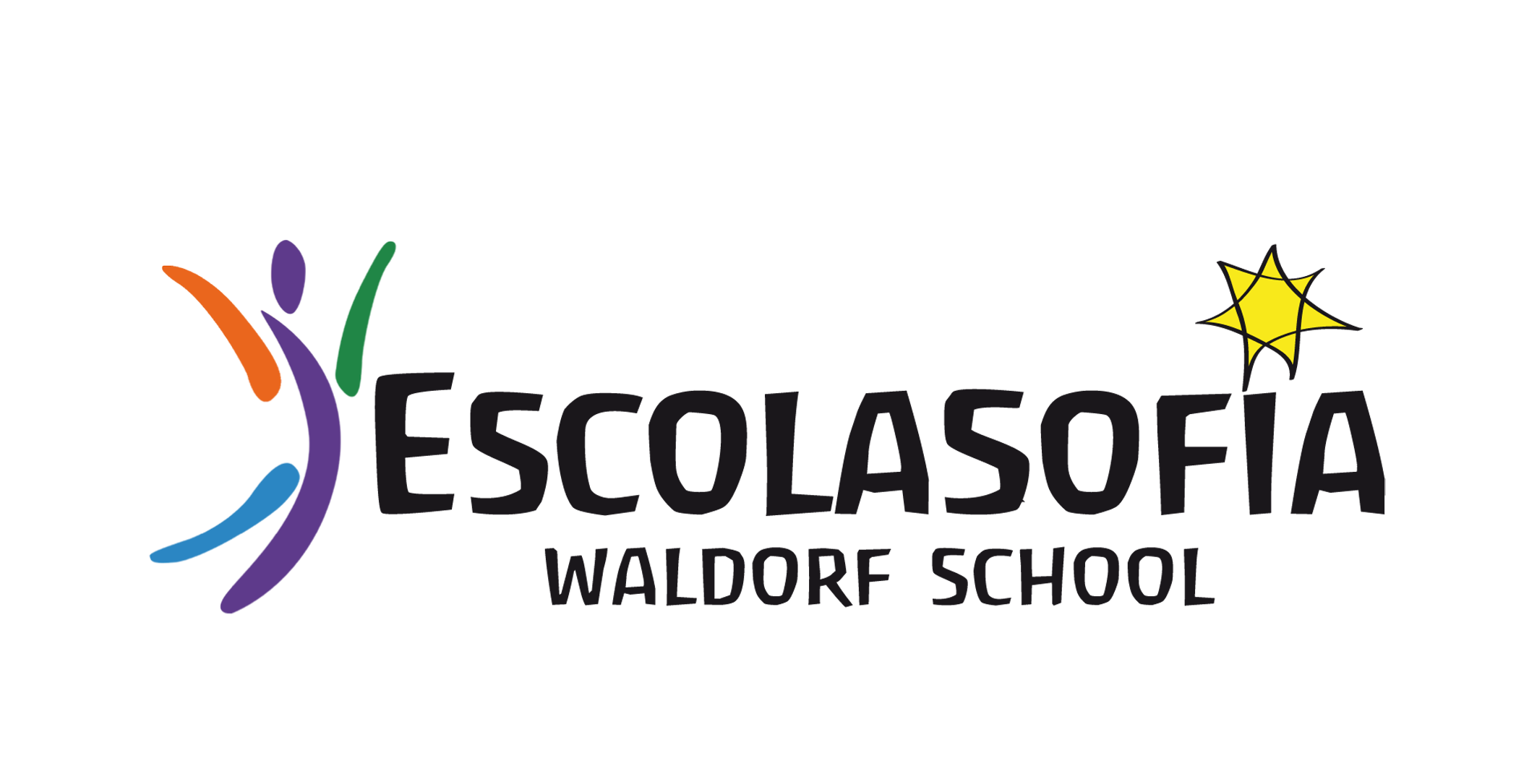|
SUBJECT
|
CONTENTS
|
|
Math
|
Powers and roots.
Calculation strategies, using the different operations.
Accounting practices.
Mathematical problems related to accounting.
Practice with graphs and statistical parameters.
Practice with information processing, chance and probability (percentages).
Principles of algebra.
Introduction to negative integers.
The four arithmetic operations with negative numbers.
The four arithmetic operations with rational numbers Q.
Algebra: Introduction of parentheses.
Linear equations with one variable in the rational number domain.
Introduction to equations.
Simple equations, including parentheses, fractions and negative numbers. Their practical application to problem solving.
GEOMETRY:
Areas of geometric figures, theorems, perspective drawing (this is also seen in artistic drawing).
Construction of triangles and their heights, medians, bisectors and perpendicular bisectors.
Calculation of areas of figures bounded by straight lines and circular arcs.
Types of quadrilaterals and their symmetries, leading to a simple set theory.
Areas of geometric shapes through construction and calculation.
Area of the circle and its use to calculate the value of Pi, cutting the circle in fragments.
Congruence of angles.
The different kinds of angles: adjacent angle, angle opposite by the vertex. Alternate angle.
Measurement of angles in degrees.
Angles between two straight lines cut by a third (corresponding, alternate, opposite).
Pythagorean theorem.
Shapes and stretching of simple shapes.
Transformation of pentagons.
Construction of decagons and other polygons.
Perspective drawing (can be linked to modern history core class).
|
|
Spanish
|
Review the parts of speech.
Subjunctive of the verb.
Literary genres: narrative, lyric and dramatic.
The essay.
Argumentation and dialogue.
Elaboration of summaries and sketches.
Making descriptions and identification of descriptive texts.
Application of spelling rules.
Practice of oral expression (oratory and its usefulness).
Practice of reading comprehension as a basis for text analysis.
Narration of biographies according to the evolutionary moment.
|
|
Social Sciences
|
XV to XVIII centuries.
Age of exploration.
Age of discovery.
The reformation.
The Renaissance.
Biographies.
Geography of Africa and Europe.
Global geography: tides, map reading and climate.
Main notions of geology.
|
|
Natural Sciences
|
PHYSICS
Light.
Magnetism.
Static electricity.
Mechanics.
The great inventions.
CHEMISTRY
Combustion.
Chemical and physical transformation.
Acids and bases.
Salts and limestones.
Oxygen and hydrogen.
PHYSIOLOGY
The nine systems.
Nutrition and first aid.
|
|
Handwork
|
Elaboration of shoes.
Macramé (nets, bags).
|
|
Form Drawing
|
Accurate geometric drawings with two-dimensional instruments.
Surfaces of squares and triangles.
Movement of stars, shapes of minerals.
Polygon surfaces.
Platonic solids.
|
|
English
|
Review to consolidate.
Oral comprehension and expression.
Comprehension and written expression.
Grammar and conjugation of verbs at least in the simple tenses.
Oral and mental reading of texts in English.
Expand vocabulary.
Synonyms and antonyms.
|
|
Music
|
Diatonic music.
Countertenor recorder.
Choir in two and three parts.
Early music, from Renaissance to Baroque music.
Stringed instruments.
|
|
Literature
|
Arthurian legends, historical novels, biographies.
Humorous literature.
Tales of adventures and discoveries.
Ballads, poems.
Renaissance scenes.
Stories about tribal life.
Stories about great inventions.
|
|
Sculpting
|
Relief shapes.
Heights/depressions.
Modeling of mountains, caves and rocks.
The four elements.
Geometry: tetrahedron, octahedron.
Hand, foot and human organs (ear, nose…).
Puppet head.
|
|
Painting
|
Light and shadows, still life.
Linear perspective and color perspective.
Landscapes.
Dynamic drawing.
|
|
Movement: Gymnastics, games and eurythmy
|
Exercises related to the discrete perception of heavy and light.
Juggling and initiation to circus art.
Jumping rope (normal and double Dutch).
Team sports, initiation to strategy.
Athletics: running technique and principles of orientation.
Rotation and transformation of complex geometric shapes.
Exercises with copper bars in canon.
Concentration, balance and skill exercises.
Major and minor scales.
Humorous texts.
Eurythmic gestures for intervals.
“Look in you, look around”.
|
|
Gardening
|
Ecological practices.
Care of the earth, its mineral components.
The stars and agriculture.
Preparing terraces.
Cultivating and harvesting.
Special composts.
|
|
Carpentry
|
Wood carving a sphere: Concave and convex.
Making objects of daily use (basketry).
|
